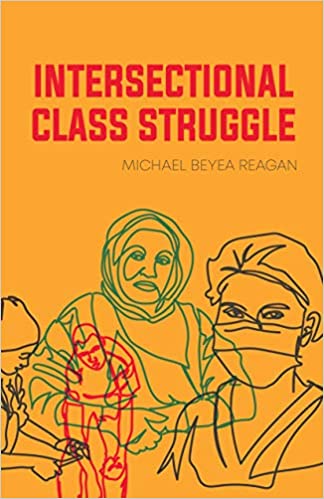What do you think?
Rate this book


190 pages, Paperback
Published June 15, 2021
At the end of working on *Intersectional Class Struggle*, I found myself writing during the combined impacts of the coronavirus disease (COVID-19) pandemic and the unprecedented movement power of Black Lives Matter in 2020. Albeit powerful, attempting to look strictly at “class” factors to explain this moment gets us in trouble. For example, the COVID-19 crisis has exacerbated the already gross wealth inequality in the United States; the richest and most powerful tech corporations have ballooning stock valuations and profitability propped up by government spending and guarantees for the rich. A study by the Institute for Policy Studies found, in the first three months of the crisis in the United States, the nation’s billionaires increased their wealth by over $600 billion, bringing their total assets to $3.5 trillion, more than the total wealth for the entire U.S. Latinx population. In the same period, more than 44 million people had to file for unemployment relief because they lost their jobs and, by mid-2020, 40 million were facing eviction, all disproportionately affecting people of color. Amazon’s stock valuation soared during the crisis to $1.5 trillion, doubling its profit during the pandemic and bringing in a record $5.2 billion in revenue. Jeff Bezos, Amazon’s chief executive officer (CEO) and already the richest person in the world, gained $13 billion in one day on a stock surge, his personal value up $70 billion on the year to roughly $180 billion while the real economy suffered. Meanwhile, Amazon workers who make that profit possible were being called in to work, getting infected with COVID-19, and dying. By May, there were eight known deaths. When workers protested those conditions, they were fired.
Coe is expressing the tenets of intersectional class struggle, the idea that, despite significant differences, most of us are “in the same boat” and can come to recognize it. White workers can’t make it without Black liberation.